This article is published through our Regional Reporter Program. We acknowledge the support of the Canada Council for the Arts through the Digital Now initiative.
As Jean Grand-Maître, Alberta Ballet’s artistic director, closes out his 20-year tenure at the helm of the company, he leaves behind a body of work that includes a series of portrait ballets, productions focused on the music of pop stars. These ballets have become an entry point for audiences to delve deeper into the art of ballet as well as a legacy for the company. This last portrait ballet choreographed by Grand-Maître for Alberta Ballet is in honour of David Bowie’s music and premieres in Calgary on March 10, running to March 19 with shows in Edmonton from March 31 to April 2.
Portrait ballets created programming with a lot of potential for the company to diversify its audience. They brought in a new demographic to the theatre and opened up ballet to people who may never have seen live dance otherwise. It also didn’t hurt that the company gained worldwide media attention.
“One of the challenges I had [in Alberta] was to make an art form that came from France relevant to the people in the Canadian Prairies. It was really about finding subjects, stories, aesthetics, energy that was so [compelling] that audiences would grow,” Grand-Maître said.
In 2006, when Grand-Maître started work on his first portrait ballet, based on Joni Mitchell’s musical career, he did not intend to launch a series. He was simply aiming to create a ballet with a famous singer-songwriter, but Mitchell opened the door.
After Joni Mitchell’s The Fiddle and the Drum, Alberta Ballet attracted some of the world’s most famous singer-songwriters, including Elton John, Sarah McLachlan and k.d lang.
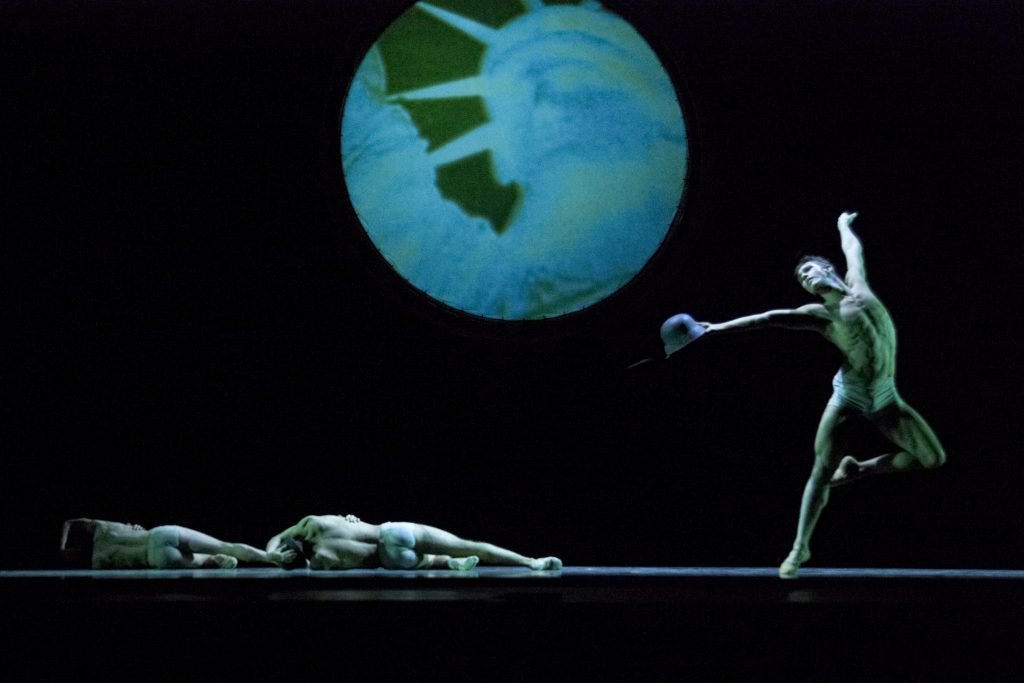
“When Jean came up with the concept to do The Fiddle and the Drum, he got butts in seats by bringing in an entirely different audience base. It was unbelievably successful,” said Kelley McKinlay, Alberta Ballet dancer.
Alberta Ballet saw an increase in subscriptions from audiences who attended the portrait ballets, even increasing by 13 per cent one year. They would see audiences who attended pop ballets then go on to attend other productions outside of the pop ballet series. The company got new sponsors, new touring opportunities, national and international media attention, and the Joni Mitchell ballet toured worldwide and has become a cult production.
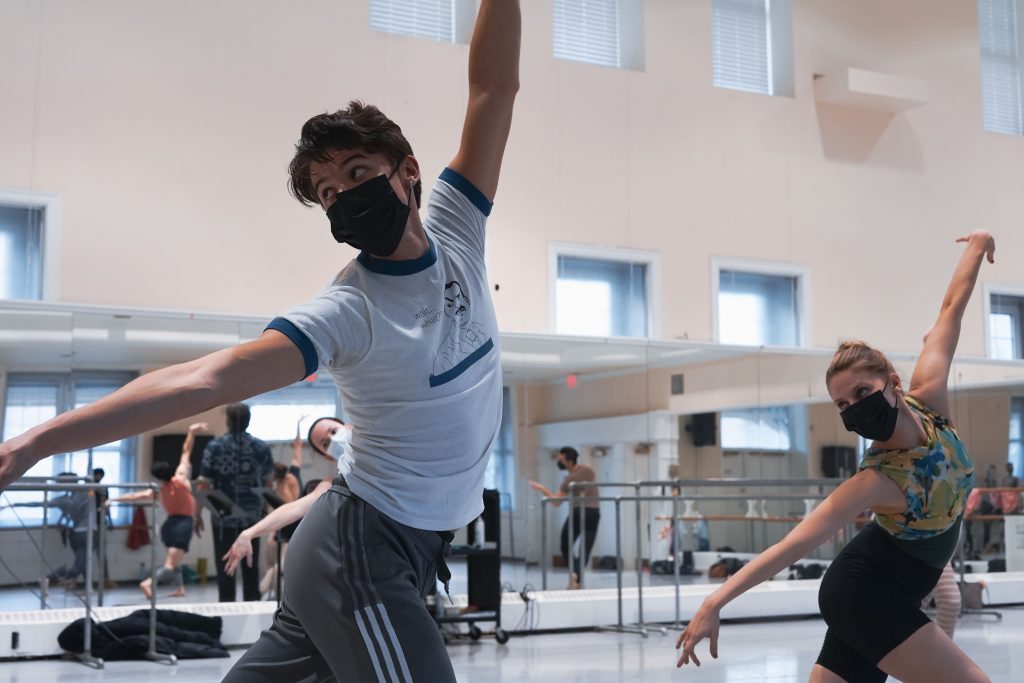
That ballet is McKinlay’s favourite. There was something about how it all came together, with Michell being so involved in the production, even making choreographic changes according to the lyrics. The body paint the company used was inspired by her paintings.
“Everybody really had to be one in that piece to really make it the success that it was. It holds a special place, I think, for all of us who were able to dance it,” McKinlay explained.
Grand-Maître confesses to not inventing portrait ballets. Other companies have done similar productions, to the music of Prince or Freddie Mercury. What Grand-Maître has invented is the method of creating this work. The efforts to collaborate with the artist, creating a partnership with them, make this series stand out.
“It’s not that difficult to get the rights to do a ballet [from] a famous singer-songwriter, but what differentiates us is that we work with them, meet with them, talk to them [to] capture something very profound,” he said.
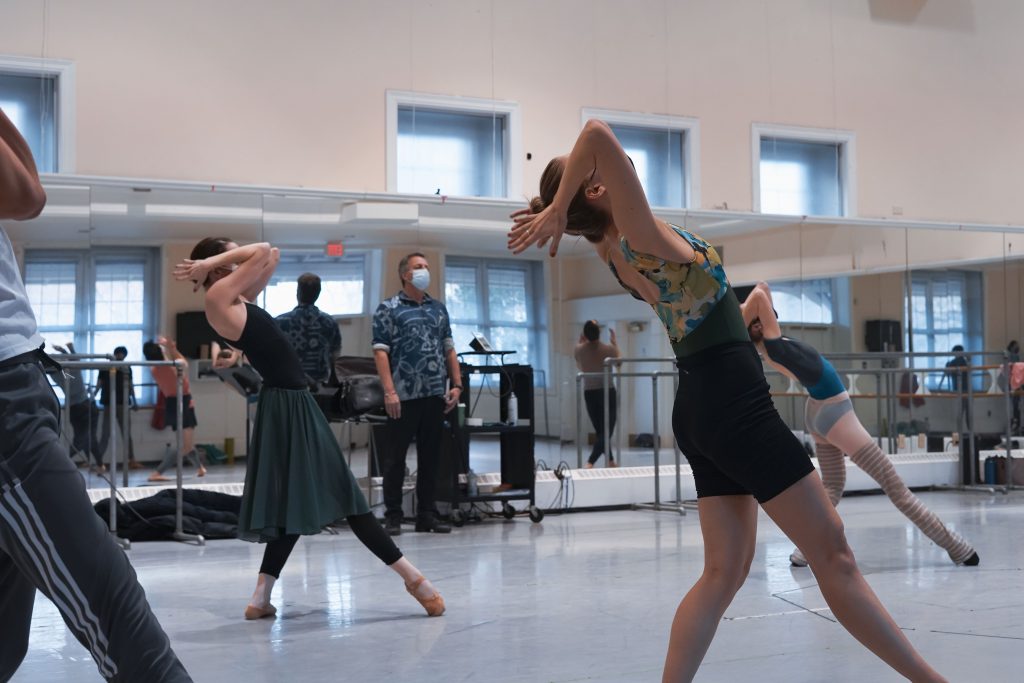
Portrait ballets are portraits of the artists’ music, not necessarily their lives. We like to attach the life of the artist with their music, but, Grand-Maître explained, most singer-songwriters would tell you that they would love for their music to be viewed separately from their life, from their personal challenges and triumphs.
It makes portrait ballets very different to dance than classical ballets, according to McKinlay. There is usually a theatrical element to master, like dancing on a revolving platform or being on roller skates. There is also a poignant connection to the music through lyrics that isn’t generally present in classical ballet.
PHI is Grand-Maître’s first portrait ballet that doesn’t really have a storyline attached to it. It explores the digital world we live in, where reality is distorted. The production features McKinlay and another artist dancing on a Onewheel (an electric skateboard with a big wheel in the middle), something that took hours of training to master.

Having worked with Grand-Maître for the past 20 seasons, McKinlay feels that the artistic director couldn’t help but use portrait ballets to push himself beyond what he thought he was capable.
“There are always these elements and concepts [in portrait ballets] that challenge us outside of what we’re comfortable doing just with dance alone,” McKinlay said.
Grand-Maître considers portrait ballets to be successful in the balance he was able to strike: he ensured that Alberta Ballet did not become a pop ballet company. It would be easy for the company to push pop ballets and to make more money and have more security.
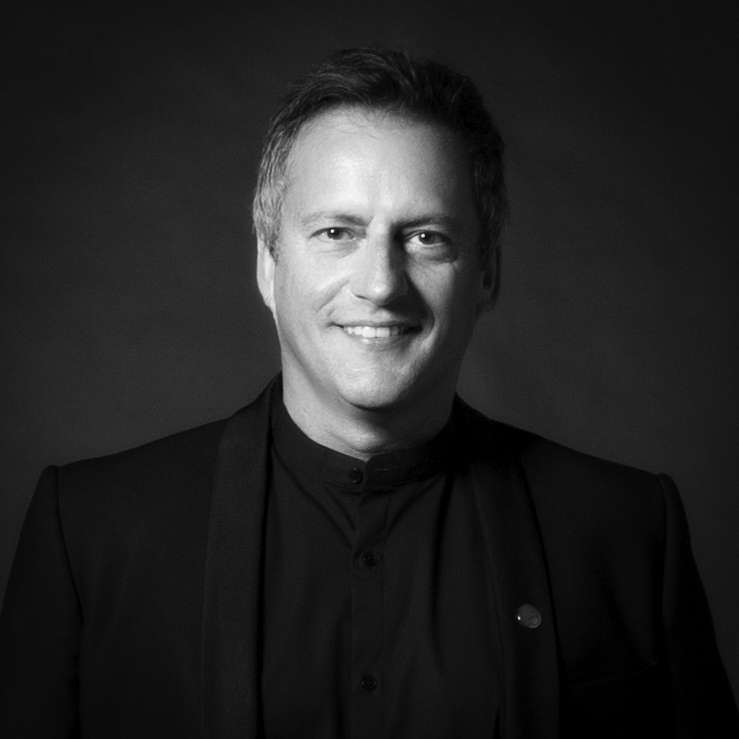
“We’re the custodians of an art form in all of its dimensions as relating to ballet training. That means we must dance the great masterpieces with panache, and we must take risks on the emerging voices. We must take risks by creating new narrative ballets,” he said.
Dance Media Group strengthens the dance sector through dialogue. Can you help us sustain national, accessible dance coverage? Your contribution supports writers, illustrators, photographers and dancers as they tell their own stories. Dance Media Group is a charitable non-profit organization publishing The Dance Current in print and online.

Tagged:

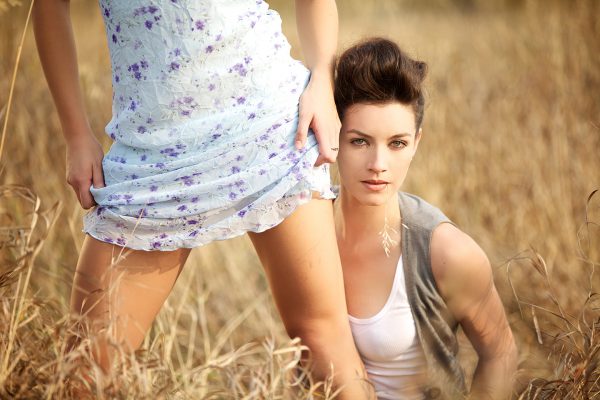

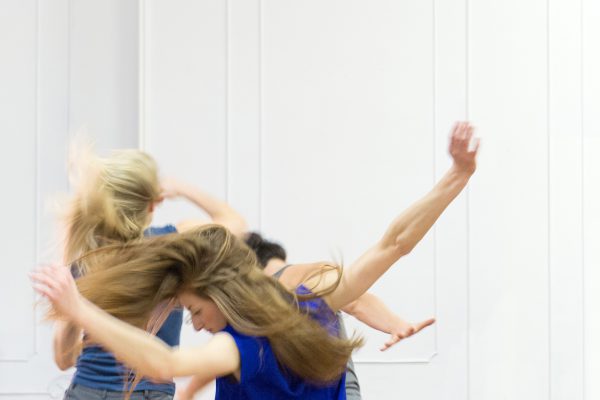

![2K5A1671[1]](https://thedancecurrent.com/wp-content/uploads/news/2K5A16711-scaled-600x400.jpg)
